There’s something fascinating about Assassin’s Creed post-Syndicate. It isn’t just the heavy RPG elements, the toned-down sci-fi elements, or the more personalized protagonists. So far, the series has avoided putting the player in the driver’s seat of an established or even upcoming assassin. Origins portrays the events leading up to the Brotherhood’s founding. Odyssey is set hundreds of years before that! Now with Assassin’s Creed Valhalla, Ubisoft has once again sidestepped the Brotherhood. The angle this time is the brutal relationship between Danes and Saxons as the Vikings of Scandinavia expanded into the British Isles.
You play as Eivor, who defected from their homeland along with their Brother Sigurd to establish a new clan and to continue their threatened culture. As second in command and possessor of the best muscles, Eivor embarks on missions to establish alliances, raid Saxon barracks (and monasteries?), and expand the Raven Clan’s home base. As Sigurd leaves on similar missions to establish political relationships, he comes back with a couple members of the mysterious Hidden Ones organization. Things get complicated from here, especially for poor Eivor.
A prologue set in Vikiing territory introduces and aggressively drives home the player’s disconnect from both the Assassins and the Templars. There is no such thing as stealth here; you can try to be sneaky but you won’t have the option to actually perform stealth attacks/assassinations until Eivor leaves their snowy home behind. Instead you’re always going loud, fighting for glory with lots of yelling, horn-blowing, and sloppy dismembering. This is a fascinating departure from the norm, and makes the Brotherhood’s eventual appearance both impactful and intriguing.
And speaking of impact, the moment Eivor receives the serles’ trademark weapon puts a punctuation mark on this premise. Spoiler concerns prevent an explanation here but it’s a big moment that makes sure to point out its intended affect. What follows is definitely an Assassin’s Creed game, but playing as someone not affiliated with the Assassins but dragged into the conflict is clearly reflected in gameplay. It’s entirely possible to make a build that almost entirely abandons stealth, to the point where (difficulty choices aside) you’ll be overleveled but still unable to perform an assassination. But that’s not a problem, because that route means you’re going in loud from the jump anyway, crushing heads and setting everything on fire.
Your approach is defined by a massive skill tree, one that can go in three possible directions based on aggression, stealth, or trickery. The branches are similar to the ability trees in Odyssey, but much more granular. As you fill in the constellation with skill points, you’re getting passive stat upgrades, bonuses for gear proficiency, and other upgrades. Skills are in the middle of the star clusters, and these are also passive bonuses, but much more specific ones based on the path you’re on. And rather than levels, Valhalla uses a Destiny-like power level. You earn experience points to fill up a little meter, which gives you 2 skill points a pop. So it’s all about your skill tree and your gear.
This is where I start to have problems with this game. It isn’t a hard reversal of the RPG elements introduced in Origins and expanded in Odyssey. However, it is a striking change, and one that seems a little confused about its purpose. Valhalla seems much more interested in the player choosing a “role” of sorts, but it makes seeing your options weirdly difficult. At the same time, it still borrows the RPG “look,” even in places where it doesn’t quite fit anymore.

The skill tree, for example, doesn’t let you look ahead. You have to reveal the various clusters as you get near them, so you don’t know what skill you’re headed towards until you reveal the next cluster. You can take back any number of points at any time which is nice, but considering how much more linear character building feels here, it comes off as fumbly. The bigger problem, however, is the gear system. Frankly, it’s a mess.
Gear doesn’t really “drop” any more. Instead, you can find pieces of armor and weapons in designated treasure chests, which are labeled on the map along with similar goodies. I could be mistaken, but it seems like the gear you find is set as part of the world design rather than randomly generated. Gear comes in the usual power level tiers up to Mythical, and this time gear also has alignment towards one of the three skill tree paths. Choosing a theme nets you several opportunities for bonuses and special effects.
Let’s review: gear pieces have stats, tiers, and set bonuses. Sure, no problem. But gear is also planted in specified locations. So unless you go hunting for gear on the big ol’ open world map, making your “role” choice Valhalla wants out of you is a bit of a challenge. So the weapons and armor function like loot drops, but… they aren’t loot drops. And that weird contradiction can hurt. It feels like an attempt to force you to engage with the map, whether you want to or not. That kind of makes sense, but I ended up frustrated.
Here’s some context. The version of Assassin’s Creed Valhalla I’ve been playing comes with a really cool “Berserker” armor set. This is “bear” themed armor, which corresponds to the aggressive section of the skill tree. At one point, you get an axe that has ties to the story, which is also on team bear. So I figured I’d stick with that path, and see whatever other cool bear gear showed up on my journey. Spoilers: I found one piece of bear gear over the course of 30+ hours. My inventory is full of equipment I haven’t touched. I’m progressing no problem thanks to upgrades, but I haven’t been able to play with my look while maintaining my bear specs.

Obviously, I didn’t seek out every gear mark on the map that I passed by. I nabbed several though, and time after time I was disappointed to see the wolf or raven icon instead of ol’ Smokey. Could I have tried that stuff anyway? Sure! But I had already invested tons of skill points into ursine utilities, and hibernation didn’t seem very pragmatic. Maybe this wouldn’t have colored my experience as much if I had the time and drive to be a completionist. But I don’t, and it did. Which is a shame, because oddly enough getting to those hidden trinkets can often be the coolest part of the game.
A recurring element in Assassin’s Creed Valhalla is breaking into buildings. When you raid, the raid isn’t over until you find all the area’s “wealth.” Parts of the story demand you find your way into a locked building, and of course finding things out in the open world is included too. You’ll find locked doors, barred doors, seemingly no doors, and breakable walls. When you come across this you have to really search around the area for a way to get in.
Sometimes there are multiple ways, but it can be a challenge to discover one. It’s a fun kind of challenge, though! Sometimes with a barred door, you find a nook or cranny and shoot the blocker off the door from the inside. Other times you might have to blow up a wall, or find a small opening hidden behind some breakable scenery. It’s like a bunch of little puzzles that don’t scream “hey you! I’m a dang puzzle!” at you. But when I’m solving these little puzzles to find keys, to find clues, to finish raids… I don’t want to also have to do it to engage with a RPG gear system.
By the way, it’s the same thing with Abilities, too. You have to find abilities at various points on the map, and to power them up you have to find duplicates. This isn’t nearly as much of a problem as the above, since there are lots of different abilities, and they’re immediately useful depending on your style. Unlike my bear woes, I’ve had plenty of encounters with different abilities to play with, and some of them are sweet, like a deadly grappling hook-like weapon you can use to slam enemies into things and each other.

You can see the juxtaposition there. Abilities feel like a reasonable reward for your efforts to chase random waypoints scattered throughout Valhalla’s huge maps. But the gear can’t decide if it wants to be loot or not, and it tries to go in two directions at once. I always appreciate fresh ideas, and I’m sure loot fatigue is a valid worry. I just don’t think this one landed well.
The upgrade system also feels awkward, as you’re really only chasing a group of like five resources the entire game. Unlike previous games with their different materials, animal skins, and other things, Valhalla just wants you to mine Iron for dozens of hours (this is hyperbole; you get roped into hunting map icons here too though).
Despite these issues, the combat is a blast. It’s a bit closer to the style in Origins, but with a bit more of a punishing edge to it. Your stamina drains fast, so you can’t just dodge and hammer the attack buttons. You have to be careful and calculate your actions, and you can’t just parry out of trouble from any direction like you could in Odyssey. This is definitely an evolutionary result of Dark Souls’ success trickling out through the industry. It’s nice and chunky though, and super violent. Churning through soldiers with an axe has that definite Hollywood viking vibe, and clashing with tougher enemies is a satisfying exchange of offence and defense. I loved going on raids because they let you participate in as much combat as you want, since you can interrupt any skirmish one of your buddies is in. The healing system being tied to picking up plants also makes for the great occasional scrambling during an intense confrontation.
All the stuff in-between combat wasn’t nearly as compelling. It pains me to say it after what I thought were two consecutive home runs, but the story Assassin’s Creed Valhalla tells just doesn’t work. Like the gear systems there’s an attempt at something a little different here, and again I do see and appreciate that effort. The framework is pretty cool, even. The bulk of the game is Eivor going out on those missions I mentioned. You pick a location on a map, that starts an “arc,” then you see that story to its conclusion before you can move on.

It’s still a linear affair like any other open world game like this. You can’t start multiple arcs at once and juggle story quests. You can pick the order you do them in, but you have to play one at a time. So rather than a central plot that’s constantly developing, Valhalla has more of a bookend thing going on. The premise is set up, then Eivor has to go to work. As the work gets close to done, the Big Plot Stuff kicks back in. During that work, Eivor encounters various scenarios in what are basically vignette-style exploits. You have choices you can make to impact the end results a bit, but ultimately Eivor is more of an observer and participant with other peoples’ problems.
These problems just aren’t interesting. This structure reminds me of Dragon Quest VII, in which the plot is driven forward by a series of JRPG short stories as you travel to each location and encounter a new, isolated scenario. That’s sort of what’s happening here, but it mostly boils down to:
- Eivor finds conflict between opposing political forces
- Eivor picks a side, the one that says “you help me and I’ll help you”
- Violence
- Eivor has to make a monumental choice for people they just met
- More violence
- Conclusion and allegiance established
During these scenarios you run into new characters who Eivor just sort of seems to arbitrarily align themself with. These characters barely have any personality beyond “the other person sucks” and very little of consequence actually happens. A choice you make can lead to a character dying or joining your camp, but I can’t remember half of their names. I found myself tuning out quite a bit over the course of the game, and that’s not great for motivating me to engage with everything Valhalla has to offer.
It doesn’t help that Eivor is a pretty one-note character. A gruff viking man/woman who cares about glory and honor, thinks all the assassin/templar stuff is nonsense, and will happily die for some random monarch after a handshake alliance deal. Bayek and Kassandra are tough acts to follow, both of them with huge personalities and compelling arcs on either side of the brooding spectrum. Eivor is cool, but has the personality of an ice cube. Valhalla also just doesn’t put the time time into building relationships between Eivor or any of the characters they meet. Which is weird considering the huge scope here.
Once the story does get going, after a few dozen hours of work, there’s a plot twist that’s fairly expected but not at all earned. It’s a shift that isn’t properly built up to, and asks for emotional investment from the player that there’s no way they can have at that point. Things get much busier after that, but after so many hours of dealing with random territory squabbles it felt like too little, too late, and too sudden. It isn’t a swing and a miss, but far from a home run. A double, maybe? Or a first base hit after a series of fouls. I don’t like baseball, why am I doing this?
It was actually pretty hard to gather my thoughts on Assassin’s Creed Valhalla. I kept playing and playing, and just couldn’t settle on how I felt about its stories and systems. But when I sat down to write and could barely remember who the characters in each alliance scenario were, that clenched it. This is a gorgeous game with awesome combat, cool main characters, and an intriguing premise for its spot in Assassin’s Creed canon. But the weird gear system and mostly boring, insubstantial narrative made it hard to care at times. I’m not kidding about the gorgeous part, though – I can’t wait to run this joint on Series X.
Pros:
- Chunky, messy combat with lots of emphasis on timing, movement, and brutal viking violence
- The dark, snowy mountains of viking territory and the bright farmlands of Europe are both visually stunning
- The minigames are cute, and the dice game is super cool
Cons:
- Dull story that doesn’t match its compelling hook
- Gear system is muddled and frustrating to engage with
- Base-building feels undercooked
Score: 7.5
A copy of this game was provided by the publisher for review

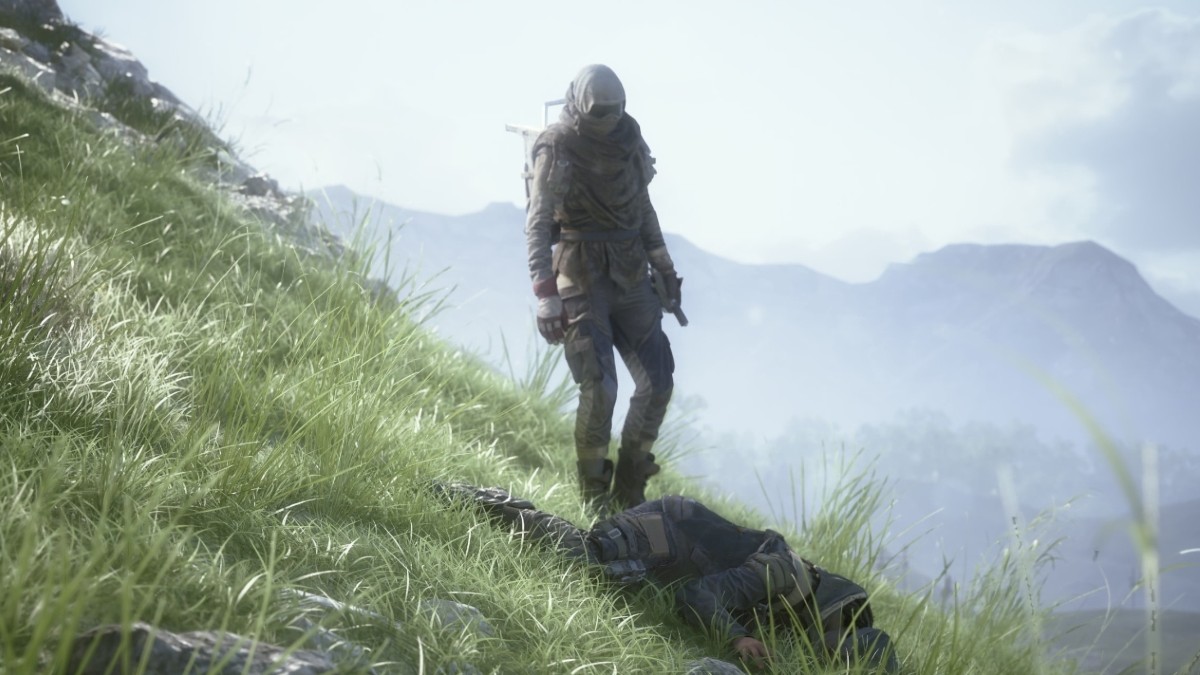

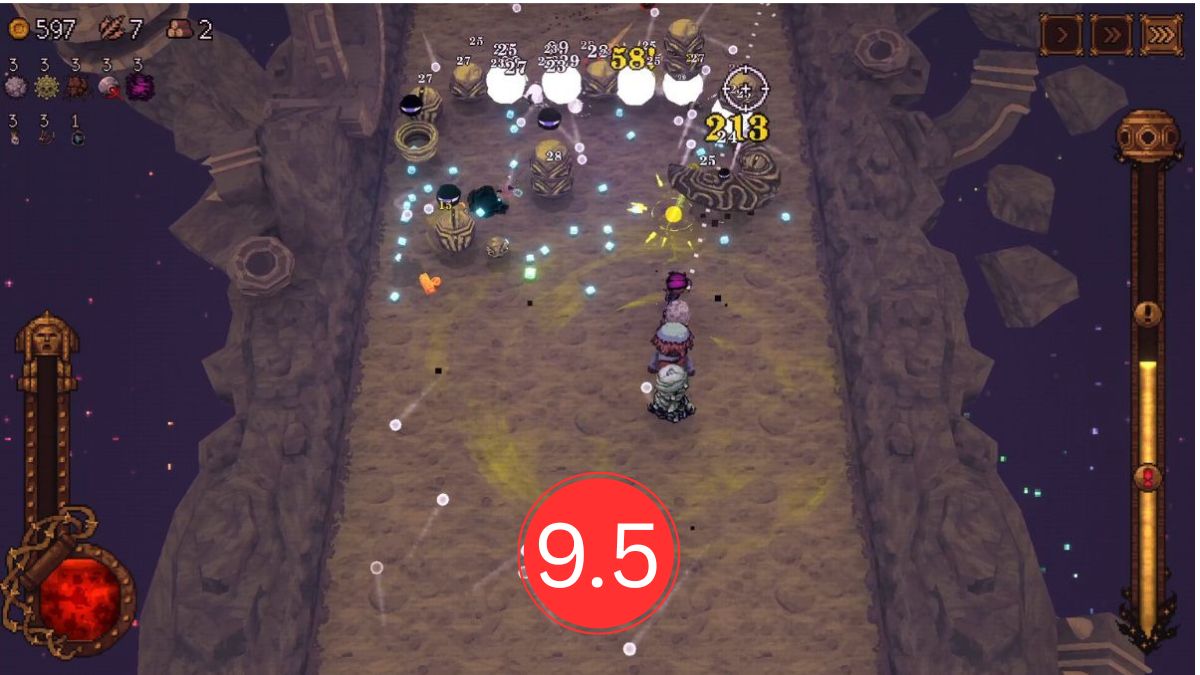

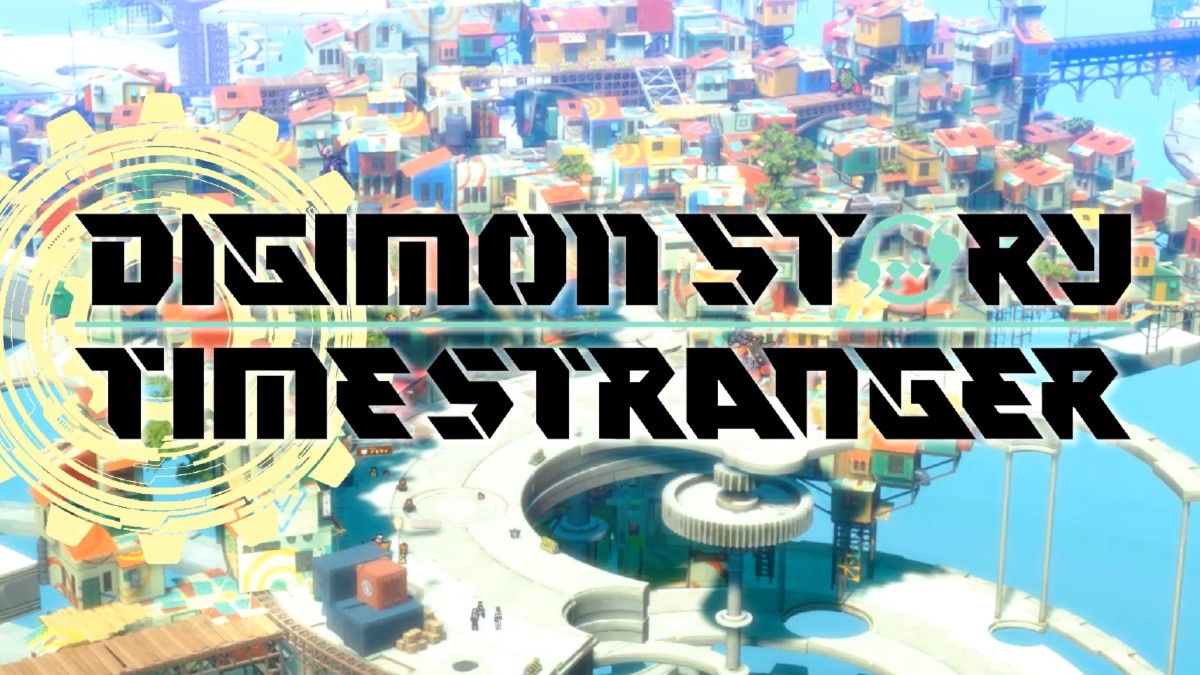
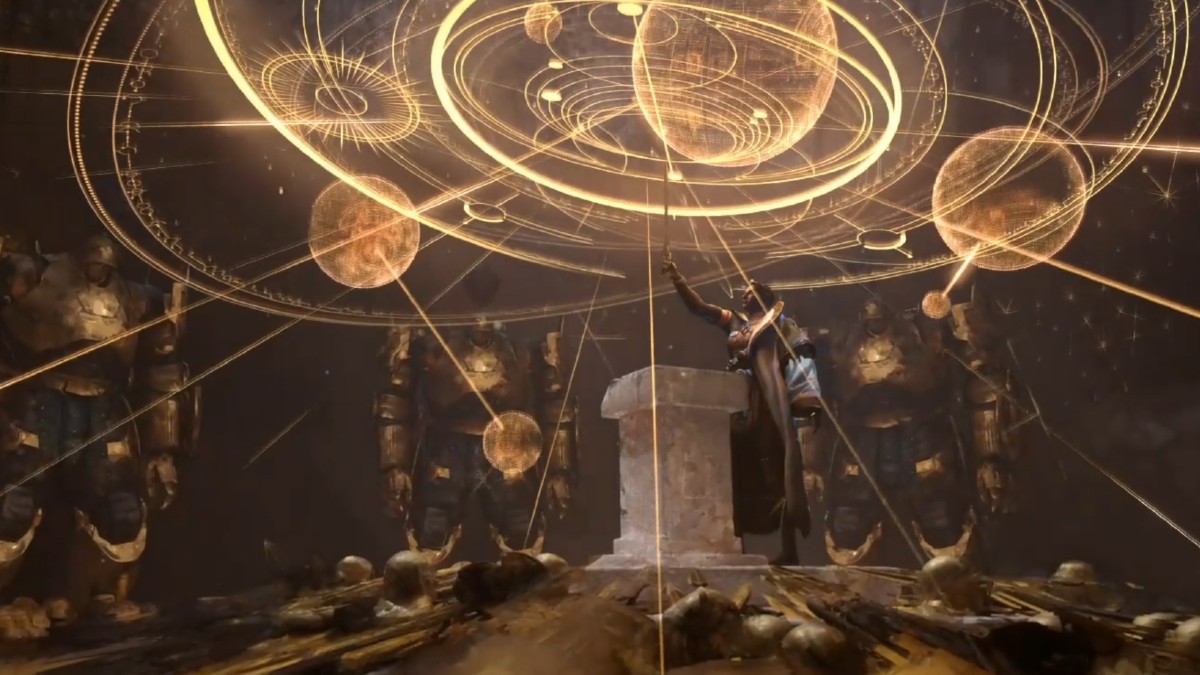




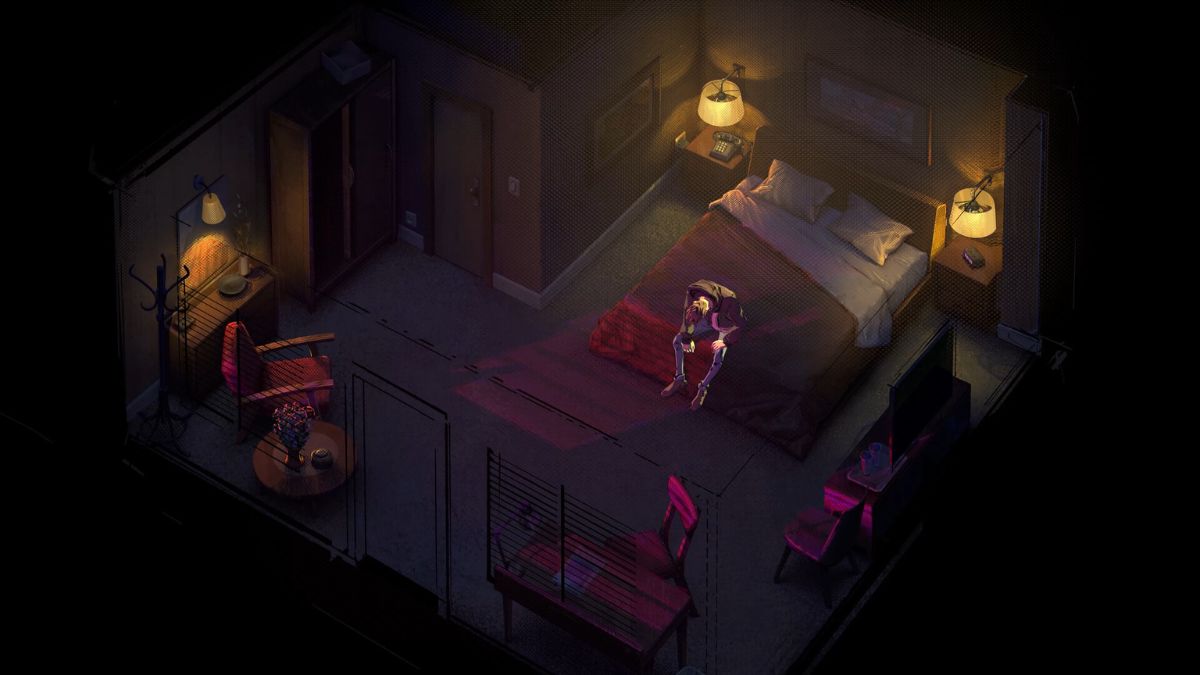
Published: Nov 9, 2020 11:01 am